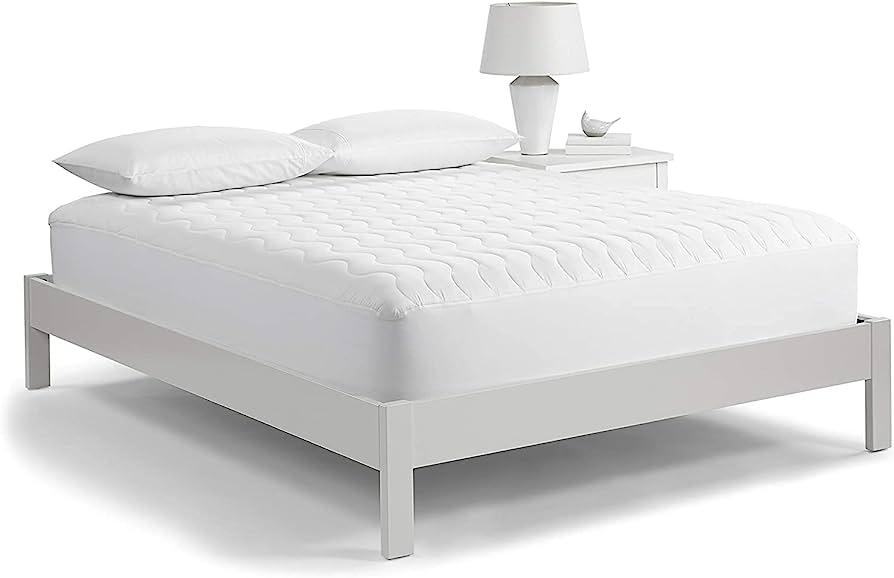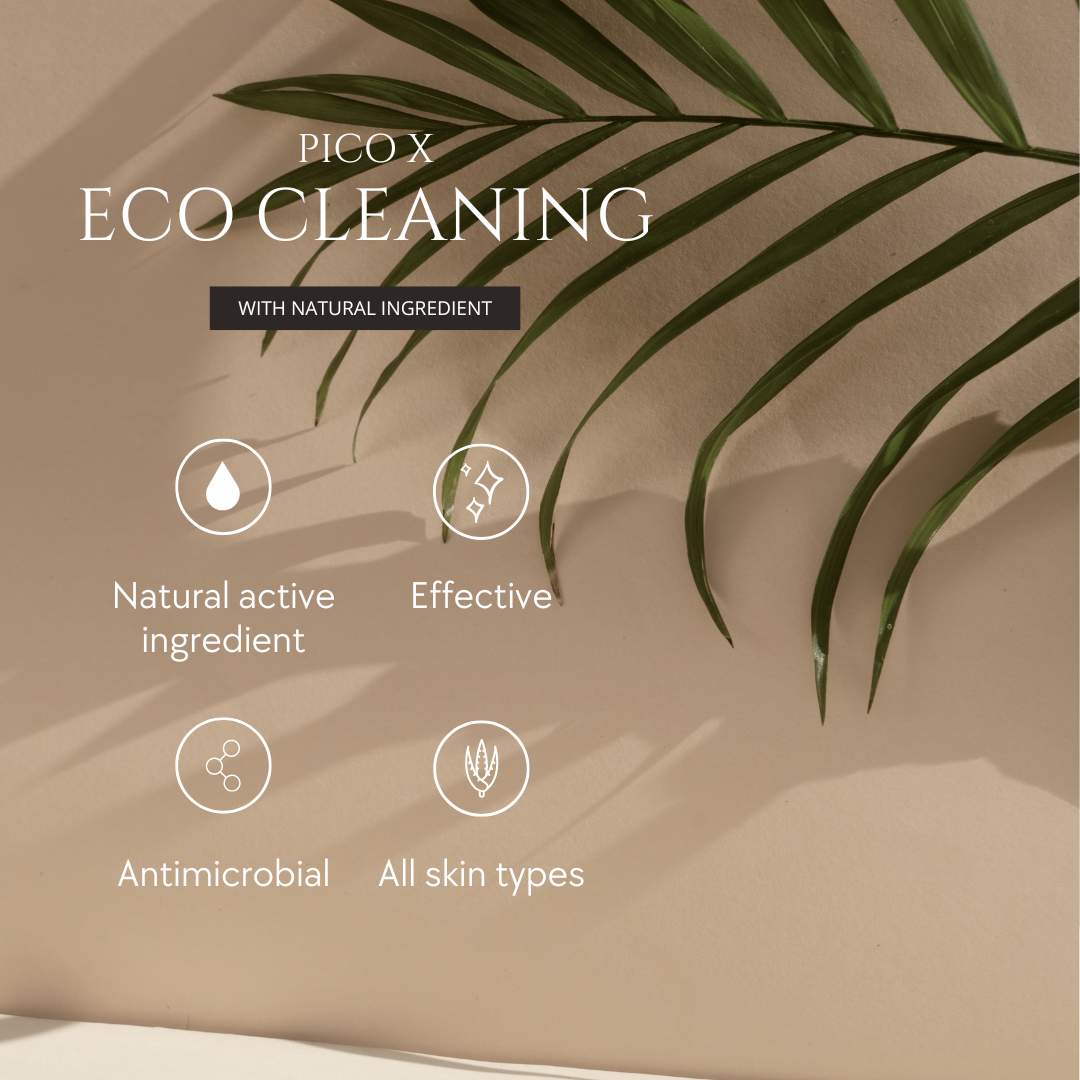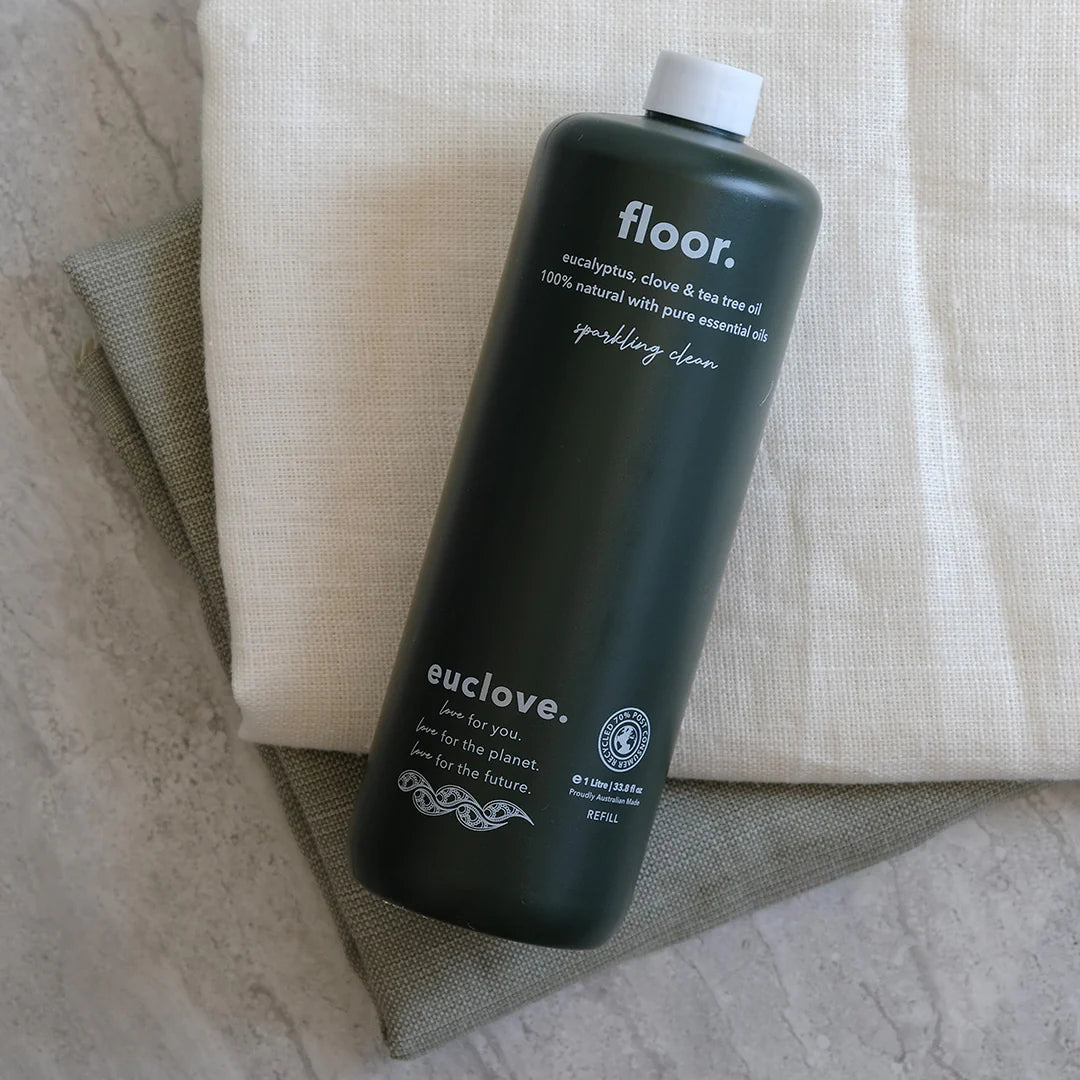-

Adoption of Antimicrobial Coating In The Hospitality Industry
-

Antimicrobial Coated Mattress For A Safe Night's Sleep
-

A safe way to improving indoor air quality and prevent mould at home.
-

Antimicrobial Coatings on Mattresses
-

Antimicrobial Coatings: A Revolution in Home and Commercial Space Hygiene
The Effective Method of Steaming Curtains
- 3 min reading time
Cleaning curtains is a task that is often overlooked in regular home cleaning routines. However, curtains can harbor a lot of dust and allergens, which can impact the quality of air in your home. A simple yet effective way to refresh your curtains is by steaming. Let's discuss why and how steaming can be a good way to clean curtains.
Why Choose Steaming?
Steaming is a gentle yet effective method for cleaning curtains. It can easily remove dust, allergens, and even minor stains from the fabric. Moreover, it is great for taking out any wrinkles, giving your curtains a neat, fresh appearance. Steaming also deodorizes the curtains, removing any unpleasant smells and replacing them with a fresh scent. The process doesn't require any harsh chemicals, so it's an eco-friendly way of maintaining your curtains.
Considerations Before Steaming
Before you steam your curtains, it is important to note a few key considerations. The fabric type plays a crucial role in determining whether your curtains can be steamed or not. Delicate fabrics like silk or velvet might react adversely to the high temperature. Therefore, always check the care label on your curtains or consult a professional to avoid causing irreversible damage.
The extent of dirt or stains on your curtains also determines whether steaming will be effective. Steaming is excellent for removing dust and minor stains, but it may not be sufficient for heavily soiled or deeply stained curtains. In such cases, a professional dry-cleaning service might be required.
Getting Ready for Steaming
Before you start steaming, prepare your curtains and your steamer. Start by shaking out the curtains to get rid of any loose dust or dirt. Next, fill up your steamer with water and turn it on. Most steamers will take a few minutes to heat up. Meanwhile, if your curtains are heavily wrinkled, you might want to use a fabric conditioner to help relax the fibers.
The Steaming Process
When your steamer is ready, start from the top of your curtains, and work your way downwards slowly. This approach ensures that the steam penetrates the fabric, removing dust and allergens effectively. Avoid holding the steamer too close to the fabric or in one place for too long, as this could lead to water stains or burn the fabric.
Post-Steaming Care
Once you have finished steaming, let the curtains dry naturally. This ensures that any remaining moisture from the steaming process evaporates, preventing the growth of mould or mildew. If there are still some wrinkles left, they should straighten out during the drying process.
Final Words
Steaming is a cost-effective, eco-friendly, and efficient method of cleaning curtains. It helps maintain the longevity of the fabric, keeping your curtains looking fresh and neat. However, remember to always test a small, inconspicuous area of your curtain before steaming the whole thing, especially if it's your first time or if you are dealing with a new type of fabric. With the right approach, steaming can make a significant difference in the appearance and cleanliness of your curtains.
Tags
-

Best Fabric Refresher 2023
-

Looking for the Best Cleaning Services in Singapore?
-

Benefits Of Essential oil Based floor cleaners - Eucalyptus, Clove and Tea Tree
-

Top ten cleaning services in Singapore?









